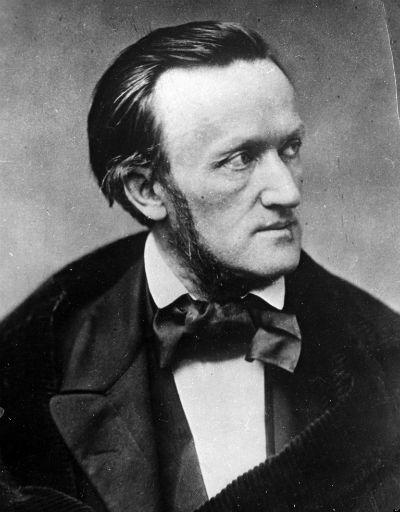What means ‘a pit’ in theatre terms?
The orchestra pit is between the stage and the audience and at a lower level. There is often a low curtain hiding them from the audience. In Opera houses it has to hold a whole orchestra so may extend under the stage. The stalls are the seats on ground level. Usually sloping up towards the ” Back stalls” but not on a balcony. In the pit, the walls are specially designed to provide the best possible acoustics, ensuring that the sound of the orchestra flows through the entire venue without overwhelming the performance on stage. Many orchestra pits are also designed to have reasonably low decibel levels, allowing musicians to work without fears of damaging their hearing.
Richard Wagner in Bayreuth.
The audito
Wagner reinvented German opera and became one of the most influential composers of all time. His reforms affected opera composition, theatrical practice in general, and the development of the orchestra.
Now, the Bayreuth Festival is one of the most famous festivals in the world where only Richard Wagner’s music dramas are performed. Wagner himself conceived and promoted the idea of a special festival to showcase his own works, in particular his monumental cycle Der Ring des Nibelungen and Parsifal. Source
